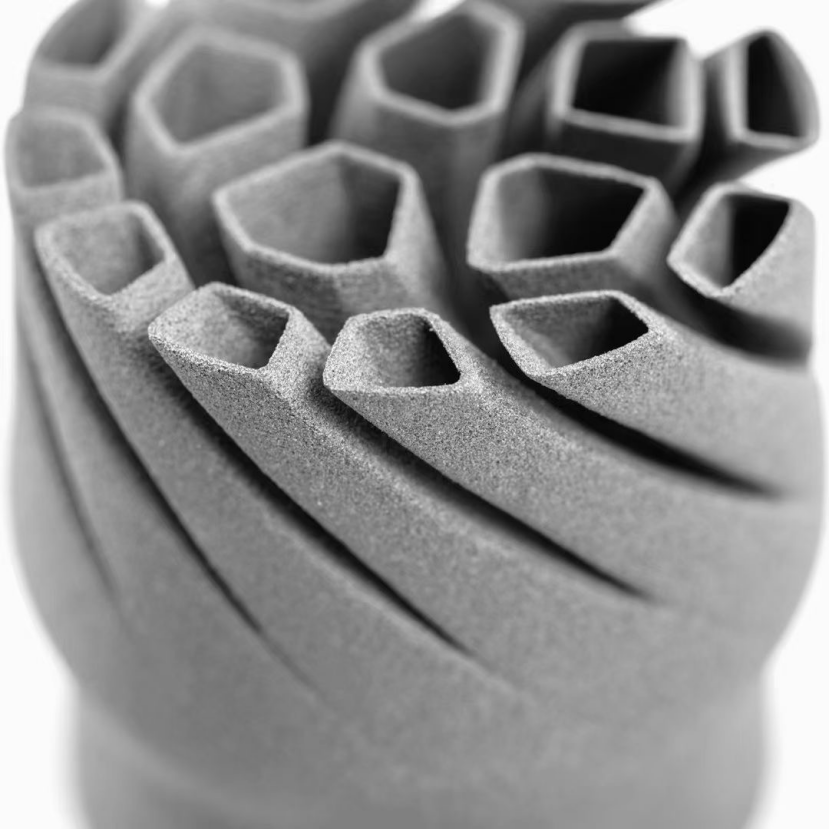The Evolution of Advanced Manufacturing in Aviation
The aerospace industry stands at the forefront of manufacturing innovation, where every gram saved in component weight translates to significant operational benefits. Modern aerospace parts manufacturing has undergone a remarkable transformation, driven by additive technologies that are revolutionizing how we approach aircraft component design and production. From engine components to structural elements, these cutting-edge manufacturing methods are enabling unprecedented levels of weight optimization while maintaining or even improving structural integrity.
The aerospace sector's relentless pursuit of lighter, stronger components has catalyzed the development of sophisticated additive manufacturing processes. These technologies not only reduce material waste but also enable the creation of complex geometries that were previously impossible to achieve through traditional manufacturing methods. The impact extends beyond mere weight reduction – it encompasses improved fuel efficiency, enhanced performance, and reduced environmental impact.
Powder Bed Fusion Technologies
Selective Laser Melting Innovations
Selective Laser Melting (SLM) has emerged as a cornerstone technology in aerospace parts manufacturing. This advanced process enables the production of complex metal components with internal channels and optimized structures that significantly reduce weight while maintaining structural integrity. The technology uses high-powered lasers to selectively melt and fuse metal powder particles, creating layers that build up to form the final component.
Recent developments in SLM technology have introduced multi-laser systems and enhanced powder handling capabilities, dramatically improving production speeds and component quality. These advances have made it possible to manufacture critical aerospace components with reduced mass and superior performance characteristics, particularly in high-stress applications such as turbine blades and structural brackets.
Electron Beam Melting Applications
Electron Beam Melting (EBM) represents another significant breakthrough in aerospace parts manufacturing. Operating in a vacuum environment, EBM technology offers unique advantages for processing reactive materials like titanium alloys, which are crucial in aerospace applications. The process enables the creation of highly dense, void-free components with exceptional mechanical properties.
The ability to maintain high temperatures throughout the build process results in components with minimal residual stress and superior metallurgical properties. This technology has proven particularly valuable in producing lightweight structural components for aircraft frames and engine mounts, where weight reduction is crucial without compromising strength.
Advanced Composite Manufacturing Solutions
Continuous Fiber Manufacturing
The integration of continuous fiber manufacturing technologies has transformed the production of composite aerospace components. This innovative approach allows for the precise placement of reinforcement fibers along load paths, optimizing strength while minimizing weight. The technology enables the creation of complex geometric shapes with varying thickness and fiber orientations, perfectly suited to specific load requirements.
Modern aerospace parts manufacturing facilities are increasingly adopting automated fiber placement systems that can create large, complex structures with unprecedented precision. These systems significantly reduce material waste while ensuring consistent quality and structural integrity across all components.
Thermoplastic Composite Processing
Advanced thermoplastic composite processing represents a significant leap forward in aerospace parts manufacturing. Unlike traditional thermoset composites, thermoplastic materials offer faster processing times, improved impact resistance, and the ability to be reformed or welded. This technology enables the production of complex, lightweight structures that can be easily modified or repaired.
The development of new thermoplastic materials specifically designed for aerospace applications has opened up new possibilities in component design and manufacturing. These materials offer excellent flame, smoke, and toxicity characteristics while providing substantial weight savings compared to traditional metallic components.
Hybrid Manufacturing Approaches
Combined Additive and Subtractive Processes
The integration of additive and subtractive manufacturing processes represents a significant advancement in aerospace parts manufacturing. This hybrid approach combines the freedom of design offered by additive manufacturing with the precision and surface finish capabilities of traditional machining. The result is components that achieve optimal weight reduction while meeting strict aerospace quality requirements.
Modern hybrid manufacturing systems can seamlessly switch between adding material and precision machining, allowing for the creation of complex internal features and precise external surfaces in a single setup. This capability has proven particularly valuable in producing lightweight structural components with intricate cooling channels and complex geometric features.
Multi-Material Manufacturing Solutions
The ability to combine different materials within a single component has opened new frontiers in aerospace parts manufacturing. Multi-material manufacturing technologies enable the creation of components that leverage the specific properties of different materials exactly where they are needed. This approach allows for unprecedented optimization of weight, strength, and functionality.
Advanced systems can now seamlessly integrate metals, composites, and ceramics within a single component, creating structures that would be impossible to manufacture through traditional methods. This capability has led to significant breakthroughs in engine component design and structural elements where weight reduction is critical.
Frequently Asked Questions
How do additive technologies impact aerospace certification processes?
Additive technologies in aerospace parts manufacturing require specialized certification processes that focus on material properties, process controls, and quality assurance. Manufacturers must demonstrate consistent production capabilities and implement robust testing protocols to ensure components meet all aerospace standards. This typically involves extensive material testing, process validation, and non-destructive testing of finished components.
What are the cost implications of implementing additive manufacturing in aerospace?
While initial investment in additive manufacturing equipment and training can be substantial, the long-term benefits often justify the costs. These technologies reduce material waste, enable design optimization for better performance, and can significantly decrease assembly requirements. Additionally, the ability to produce components on-demand reduces inventory costs and improves supply chain efficiency.
How does weight reduction through additive manufacturing affect aircraft performance?
Weight reduction achieved through additive manufacturing has multiple positive effects on aircraft performance. Every kilogram saved in component weight can result in significant fuel savings over an aircraft's lifetime. Additionally, optimized components can improve aerodynamic efficiency, reduce maintenance requirements, and enhance overall aircraft reliability and performance.

